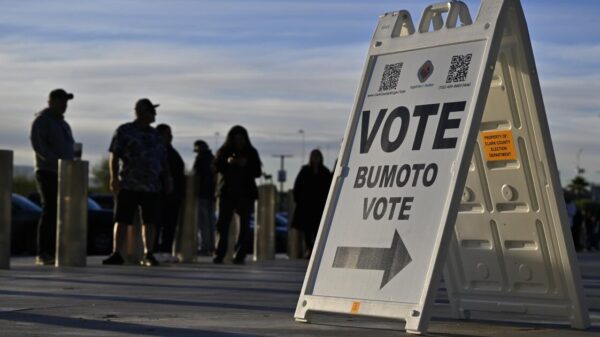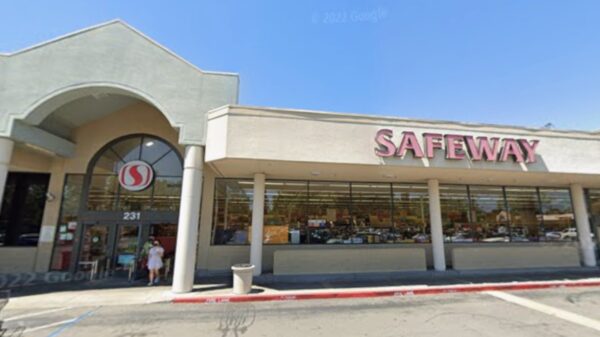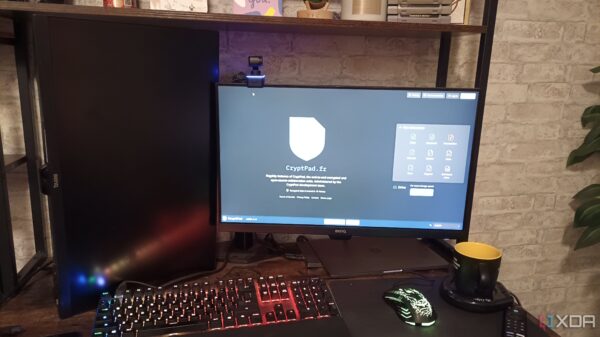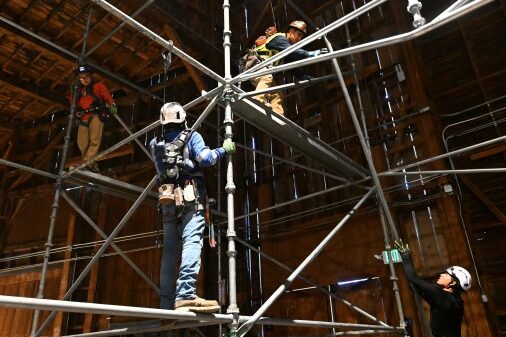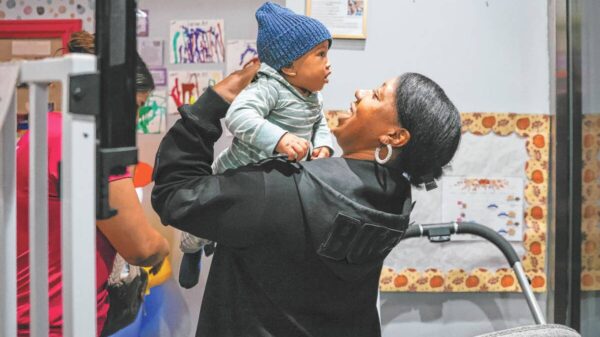In Nevada, families are grappling with escalating child care costs that put significant financial pressure on their budgets. Jassmyne Collette-Koonce, a mother of four from Henderson, faces this reality firsthand. With the average cost of full-time daycare for infants reaching approximately $400 per week, Collette-Koonce often relies on family and friends for support while she studies and works. “It’s either I have coverage for the time I have it, or whatever I have planned won’t get done,” she stated, highlighting the critical role of child care in her daily life.
The situation is particularly stark in Clark County, where the average annual cost for licensed infant care stands at $12,744, while preschool care averages $10,739. These figures reflect a growing concern among parents as they balance the costs of child care with other living expenses. Collette-Koonce noted the burden, stating, “Now it’s like the daycare costs as much as the rent.”
Struggles with Affordability
Collette-Koonce moved to Clark County from New Jersey about five years ago, seeking new experiences for her family. However, the rising costs of living have made her journey challenging. A family with one infant and one preschooler would need to earn $8,554 per month, or $102,648 annually, to cover their expenses without assistance, according to The Children’s Cabinet’s cost-of-living report. This figure represents a staggering 40.7 percent increase from 2021.
She returned to school to secure a better future for her family, pursuing a degree in medical laboratory sciences at the College of Southern Nevada. While attending classes, she must find reliable child care for her infant. “You literally have to make a way out of no way,” she said, emphasizing the financial strain on families.
Child care subsidies are available to some families, but recent changes in eligibility have reduced access. As of October 2024, the threshold for state-run subsidies dropped from 85 percent to 41 percent of the state median income, requiring families of three to earn $2,890 per month or less to qualify. Many families that earn just above this threshold find themselves in a precarious position, as highlighted by Marty Elquist, chief programs officer at The Children’s Cabinet. “They’ve got $5,000 that they would have to make up in public assistance before they can be self-sufficient,” she explained.
Labor Market Challenges and Solutions
The high costs of child care in Southern Nevada can be attributed to a mismatch between supply and demand. Research indicates that about 20 percent of a family’s wages are allocated to child care, the highest percentage in the United States. This situation arises partly due to the region having approximately 2,025 fewer child care jobs than anticipated based on the population, according to a report by UNLV’s The Lincy Institute.
Elquist noted that low wages and high turnover rates among child care workers contribute to rising costs. “To keep those costs affordable, that is being subsidized on the backs of the child care workforce,” she stated, explaining that typical wages hover around $15 to $17 per hour. This cycle creates a “broken system” that disproportionately affects women, particularly those from minority backgrounds.
In response to these challenges, there is increasing interest in innovative solutions. A state report from 2023 revealed that 74 percent of children under six years old in Nevada lack access to licensed child care. In light of this, Governor Joe Lombardo proposed subsidies for child care center development, but the bill did not progress in the Nevada Legislature.
Organizations like the YMCA of Southern Nevada are taking proactive steps to address the crisis. The YMCA is developing “popup” child care models, establishing modular preschool centers in high-need areas. Their first center, the SkyView Early Learning Village, opened in 2024, and they plan to add more facilities in the coming years. Despite these efforts, the demand for child care remains high. “When you have really, really, really high demand and really, really, really low supply — this is economics 101 — then the cost shoots up,” said Jordan Sommaggio, president and CEO of the YMCA of Southern Nevada.
The challenges faced by families in Nevada underscore the urgent need for effective solutions to make child care more affordable and accessible. As costs continue to rise, the conversation surrounding child care policy and support is more critical than ever.














